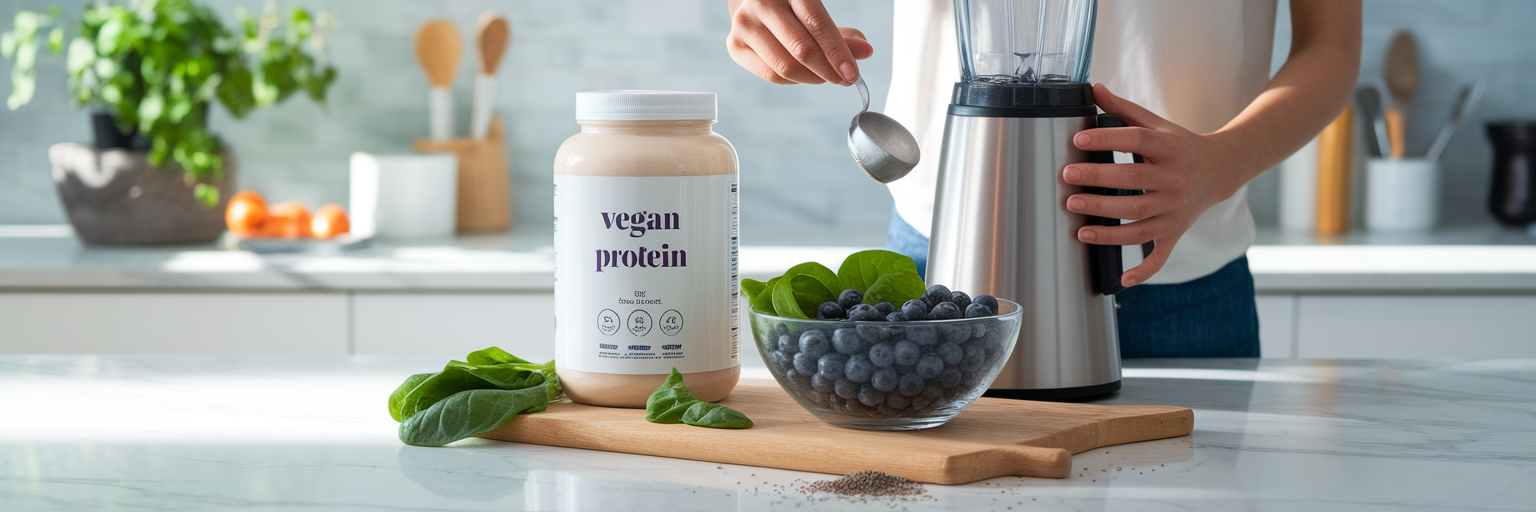Losing weight can feel like a balancing act, especially when you want to make sure you’re shedding fat, not the muscle you’ve worked hard to build. The good news is that with a smart approach, you can absolutely achieve both. This guide will walk you through how to use vegan protein powder as a powerful tool to help you reach your weight loss goals while keeping your body strong and energized.
Why Protein Is Your Top Ally for Fat Loss
Have you ever noticed how a protein-rich meal keeps you feeling satisfied for hours? That’s not just a feeling. It’s a biological fact. Your body actually uses more energy to digest protein compared to fats and carbohydrates, a process known as the Thermic Effect of Food (TEF). Think of it as a small metabolic boost you get just from eating. Since protein has the highest TEF, incorporating it into your diet means your body is working a little harder, burning more calories in the process.
This feeling of fullness, or satiety, is your secret weapon against mindless snacking. When you feel satisfied, you’re less likely to reach for extra calories between meals, making it much easier to stay in a healthy calorie deficit. But protein’s role goes far beyond just managing hunger.
When you reduce your calorie intake, your body looks for energy sources. Without enough protein, it can start breaking down muscle tissue for fuel. This is exactly what we want to avoid. Providing your body with a steady supply of protein gives it the amino acids it needs to preserve muscle while losing weight. This ensures that the pounds you lose are coming from fat stores, not your strength.
Beyond these direct effects, there are many plant based protein powder benefits that contribute to overall wellness. In fact, research published by the National Center for Biotechnology Information suggests that plant-based diets can be an effective strategy for weight control and may even support healthy cholesterol levels. It’s a holistic approach that supports your body from the inside out.
Setting Up Your Calorie and Protein Goals

Now that you understand why protein is so important, let's talk about the numbers. The foundation of any weight loss plan is a calorie deficit, but that term shouldn't sound intimidating. It’s not about deprivation. It’s about making a small, consistent adjustment to your daily energy intake. A modest deficit of around 500 calories per day is a sustainable target for most people, typically leading to about one pound of weight loss per week. This gradual pace is key to helping preserve your muscle mass.
However, it’s crucial to remember that not all calories are created equal. A diet filled with whole, unprocessed plant foods will nourish your body far better than one based on processed snacks. This is the cornerstone of how to lose weight on a vegan diet effectively. Think vibrant salads, hearty lentil soups, and flavorful tofu scrambles.
With your calorie target in mind, the next step is figuring out your protein needs. For active individuals looking to protect muscle during weight loss, a good rule of thumb is to aim for 1.6 to 2.2 grams of protein per kilogram of body weight. Here’s what that looks like in a real-world example:
- For a 150-pound person (about 68 kg), this means aiming for 109–150 grams of protein per day.
This might seem like a lot, but with a combination of whole foods and a quality vegan protein powder, it’s completely achievable. Tracking your intake for a few days can give you a clear picture of where you stand and what adjustments you need to make. For more tips on building a healthy lifestyle, feel free to explore our blog.
How to Choose the Best Vegan Protein Powder
Walking down the supplement aisle can be overwhelming, but choosing the right vegan protein for weight loss is simpler than it looks. It comes down to understanding the sources, reading the label, and knowing what to look for.
Understanding Different Plant Protein Sources
Different plants offer different benefits. Some are prized for their amino acid profiles, while others are known for being easy on the digestive system. Here’s a quick breakdown to help you decide:
| Protein Source | Key Benefit | Amino Acid Profile | Best For |
|---|---|---|---|
| Pea Protein | Rich in iron and BCAAs | High in most essential amino acids, but lower in methionine | Muscle building and recovery |
| Soy Protein | Contains all nine essential amino acids | Complete protein profile, similar to whey | All-around use and muscle support |
| Brown Rice Protein | Hypoallergenic and easy to digest | Good profile, but lower in lysine | A gentle option for sensitive stomachs |
| Hemp Protein | Provides omega-3 and omega-6 fatty acids | Contains all essential amino acids, but lower in some | Adding protein plus healthy fats and fiber |
Why Protein Blends Are a Great Choice
You might see products that blend different plant proteins, like pea and rice. There’s a great reason for this. While most plant proteins are fantastic, some are lower in certain essential amino acids. By combining them, you create a complete amino acid profile, giving your muscles all the building blocks they need for repair and growth. This makes blends a highly effective choice for supporting your fitness goals. If you want to compare more options, check out our guide to the best protein powders.
Reading the Nutrition Label Like a Pro
The front of the package tells a story, but the back tells the truth. When you turn over a container, look for a short ingredient list with minimal added sugar and no artificial sweeteners or fillers. We believe your protein powder should be clean and simple. In the US, look for third-party certifications like NSF Certified for Sport, which verify that the product is free from banned substances and that the label is accurate. Finally, consider taste and texture. Many brands offer single-serving packets, which are a great way to find a flavor you love before committing to a large tub.
Creative Ways to Use Your Protein Powder

Let’s be honest, drinking the same protein shake every day can get boring. The key to consistency is variety. Thinking of your protein powder as a versatile kitchen ingredient, rather than just a supplement, opens up a world of delicious possibilities.
- The Morning Boost: Starting your day with a protein-packed smoothie is one of the best ways to curb cravings and stay full until lunch. It sets a positive tone for your entire day. Try blending a scoop of vanilla protein powder with almond milk, a handful of spinach, and half a frozen banana for a creamy, nutrient-dense breakfast.
- Post-Workout Recovery: The 30-60 minutes after a workout are a critical window for muscle repair. Consuming protein during this time helps replenish your muscles with the amino acids they need to heal and grow stronger. This is especially important when you’re in a calorie deficit, as it’s the best way to preserve muscle while losing weight.
- Beyond the Shake: Who says protein powder is just for drinks? Unflavored or vanilla protein powder mixes seamlessly into other foods. Stir a scoop into your morning oatmeal, mix it into plant-based yogurt for an extra protein punch, or even add it to your pancake or waffle batter for a satisfying weekend brunch.
- The Strategic Meal Replacement: On those extra busy days, a well-made protein shake can be a convenient meal replacement. Just be sure it’s not a regular habit, as whole foods should always be your priority. To make it more nutritionally complete, add a source of healthy fat like a tablespoon of chia seeds or a quarter of an avocado. If you're looking for more inspiration, we have some easy vegan protein recipes you'll actually crave.
Building a Complete High-Protein Vegan Diet
While vegan protein powder is an incredibly convenient tool, it’s important to remember that it’s just one piece of the puzzle. We stand firm in our belief that supplements are here to support a healthy diet, not replace it. The majority of your nutrition should always come from a variety of whole, plant-based foods.
Building high protein vegan meals is easier than you might think. Your grocery list should be full of powerful, nutrient-dense ingredients. Some of our favorites include:
- Lentils and chickpeas
- Tofu and tempeh
- Edamame
- Quinoa
- Nuts and seeds
To help you visualize what this looks like, here’s a sample day of eating that’s both delicious and packed with protein:
- Breakfast: A delicious and quick smoothie made with a scoop of our Chocolate Vegan Protein, a banana, and almond milk.
- Lunch: A large mixed green salad topped with a cup of lentils, chopped veggies, and a lemon-tahini dressing.
- Dinner: Two black bean burgers on whole-wheat buns with a side of roasted sweet potatoes.
- Snack: An apple with two tablespoons of peanut butter.
For a full week of ideas, this 7-Day High-Protein Vegan Meal Plan from EatingWell was created by a dietitian and is a fantastic resource. Finally, remember to pay attention to other key nutrients like Vitamin B12, iron, and calcium. It’s always a good idea to chat with a healthcare provider or registered dietitian to ensure your plan is right for you.
Your Path to a Stronger, Leaner You
Achieving your weight loss goals without sacrificing muscle is entirely within your reach. It all comes down to a smart, sustainable strategy. By maintaining a gentle calorie deficit, prioritizing high-quality protein to protect your muscles, and using a clean vegan protein powder for convenience, you have the perfect formula for success.
Remember to be patient and kind to yourself. Lasting change is built on consistent, positive habits, not perfection. You’ve got this!
If you found this helpful, share it with a friend who's on a similar journey! Ready to find the perfect protein for your goals? Explore our complete collection of plant-based supplements.



